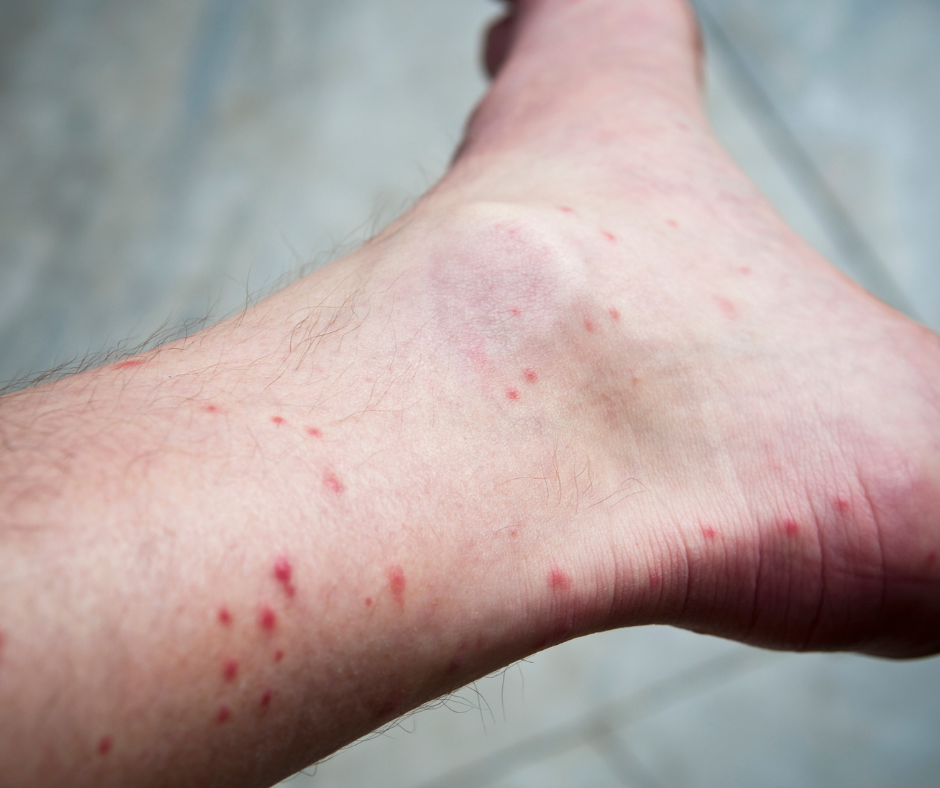Inspect
For every flea treatment, our specialist will thoroughly review your home, determine the severity of the infestation, and prepare a quote for your service'
Prepare
We ask that you pick personal items up off the floor and give our Graduate tech full access to treat all the carpets and floor areas, including under furniture and beds. Once clear, floors and carpets should be vacuumed and continued to be vacuumed every other day after treatment until the fleas are gone. Additionally, the pets need to have the appropriate veterinarian-approved flea product applied to them.
Treat
Our treatment procedure involves a through application to all floors. Family and pets should plan to be out of the home for 4 hours while our technician enters your home and performs the treatment.
Identifying Fleas
"Graduate gave us confidence (and high expectations) that we had the right company for the job at a fair value. They delivered on every promise and then more! We are very pleased to have selected Graduate. This is a great company that remembers the value of customer service. We are now, very happily, loyal customers"
Shane N.
Flea Control

Blood-feeding arthropods like the Common Flea are of great concern to the public not only because of their annoying and often painful bites but more importantly because many are vectors of pathogens. More than 2,4OO species of fleas exist worldwide. They are attracted to animals by body heat, movement, and the carbon dioxide that animals exhale. Adults feed on blood; larvae feed on organic debris. Fleas can be found on cats and dogs year-round, but are most common during warm and humid weather. The lifespan of dog fleas is typically more than 100 days, enough time for a pair of fleas and their descendants to produce millions of offspring. Under ideal conditions, assuming no mortality, a pair of fleas have the potential to produce more than 20 trillion descendants in one year.
Fleas can also be found on opossums, rats, mice, other rodents, and humans. They are especially dangerous because they can transmit tapeworms from dogs and rodents to other animals and humans including plague, murine typhus, Bartonellosis, and tapeworms. Fleas can jump up to 150 times the length of their body. Fleas' smooth, round eggs are laid directly in the host's fur or hair. They are not sticky, so they tend to fall down to the host's bedding or onto nearby surfaces as soon as that host moves or shakes. That causes the eggs to accumulate wherever their hosts rest or along paths those hosts routinely travel. Common Flea Eggs can often be found in cracks or crevices in floors or near the base of the fibers of any rug-like material. Multiple bacteria/pathogens - Allergic reactions and coconspirator in plague transmission.



